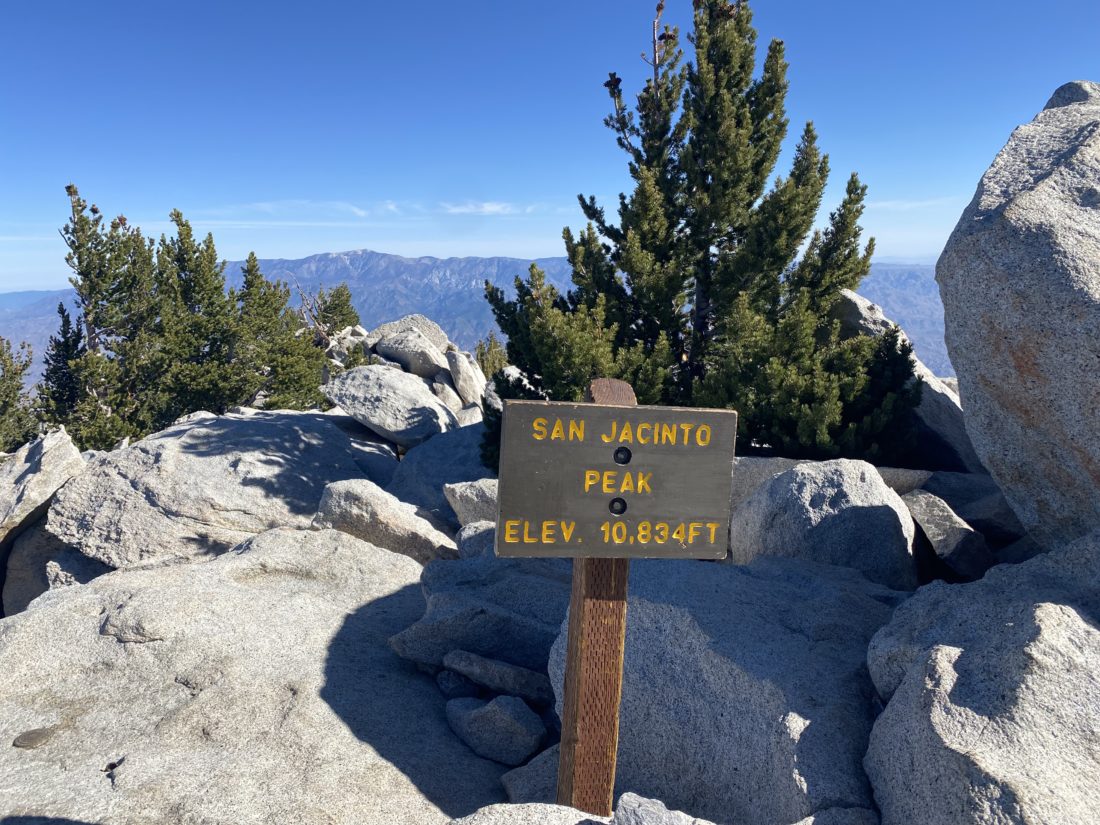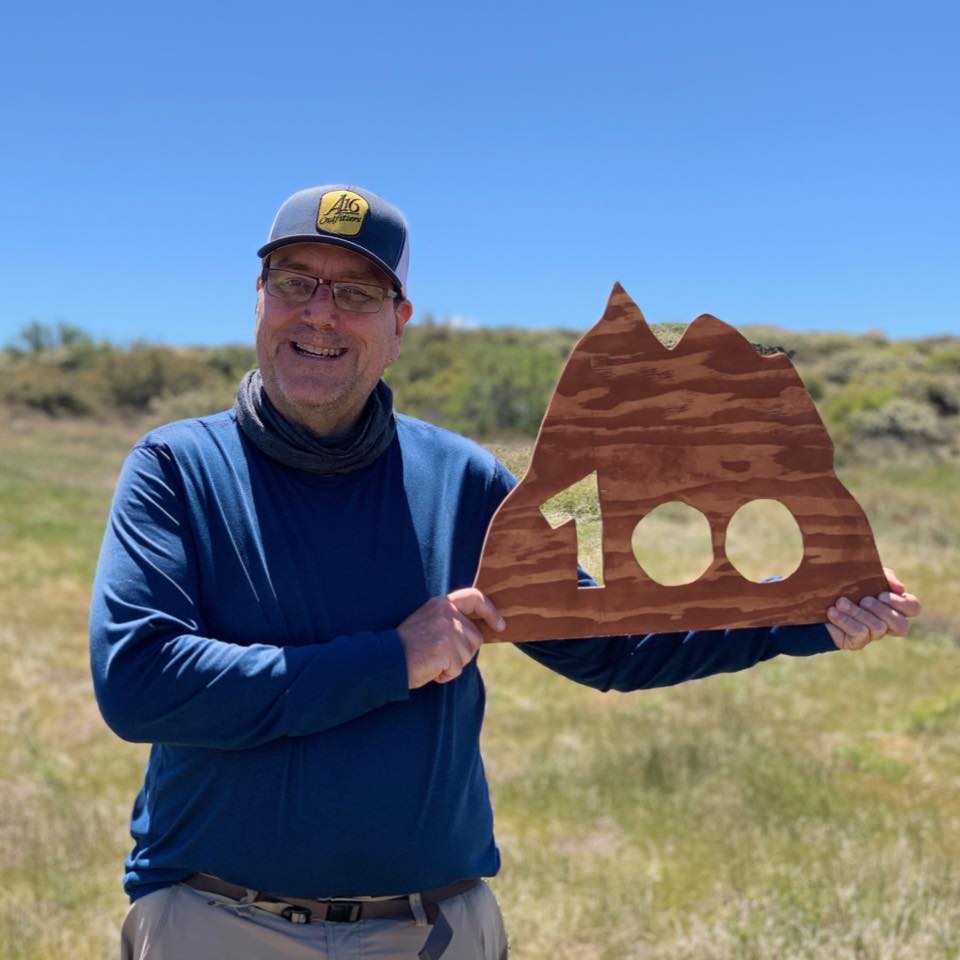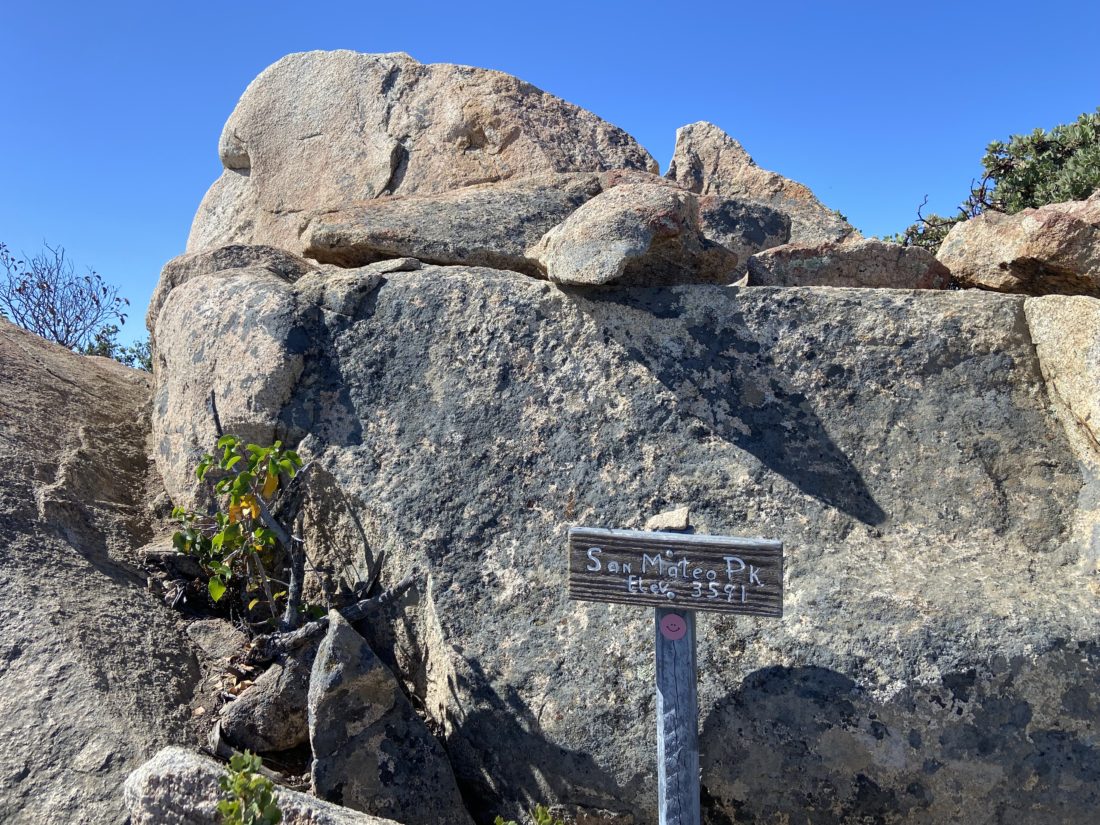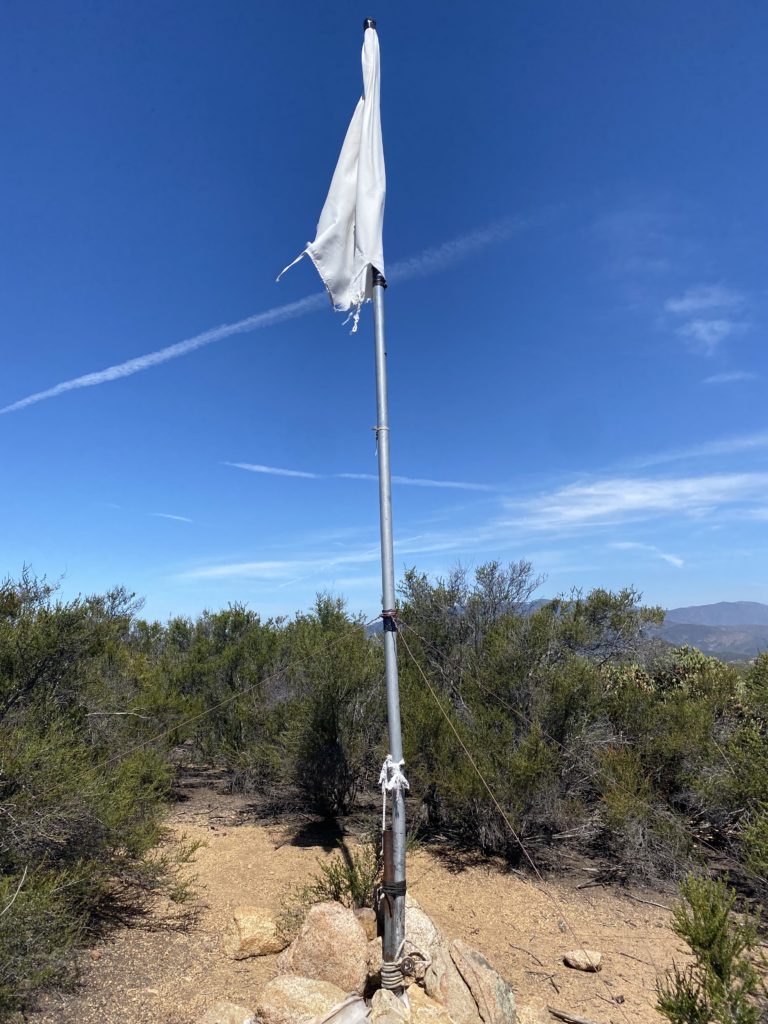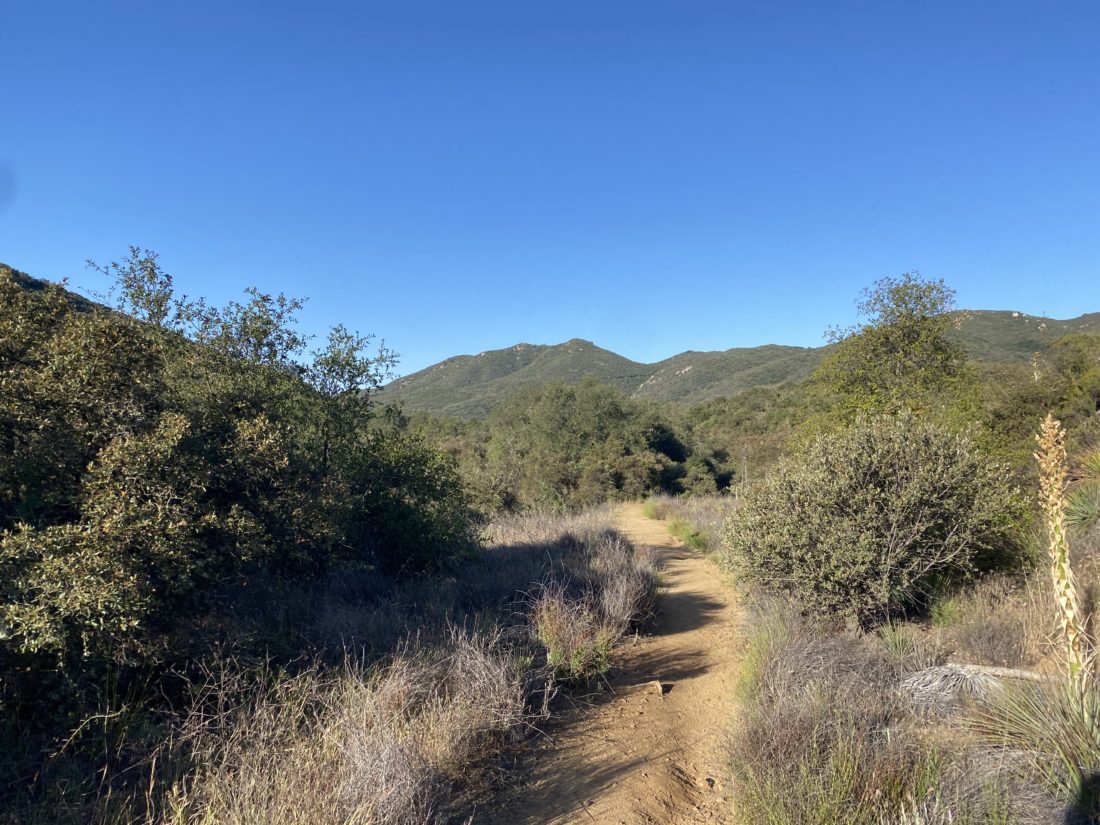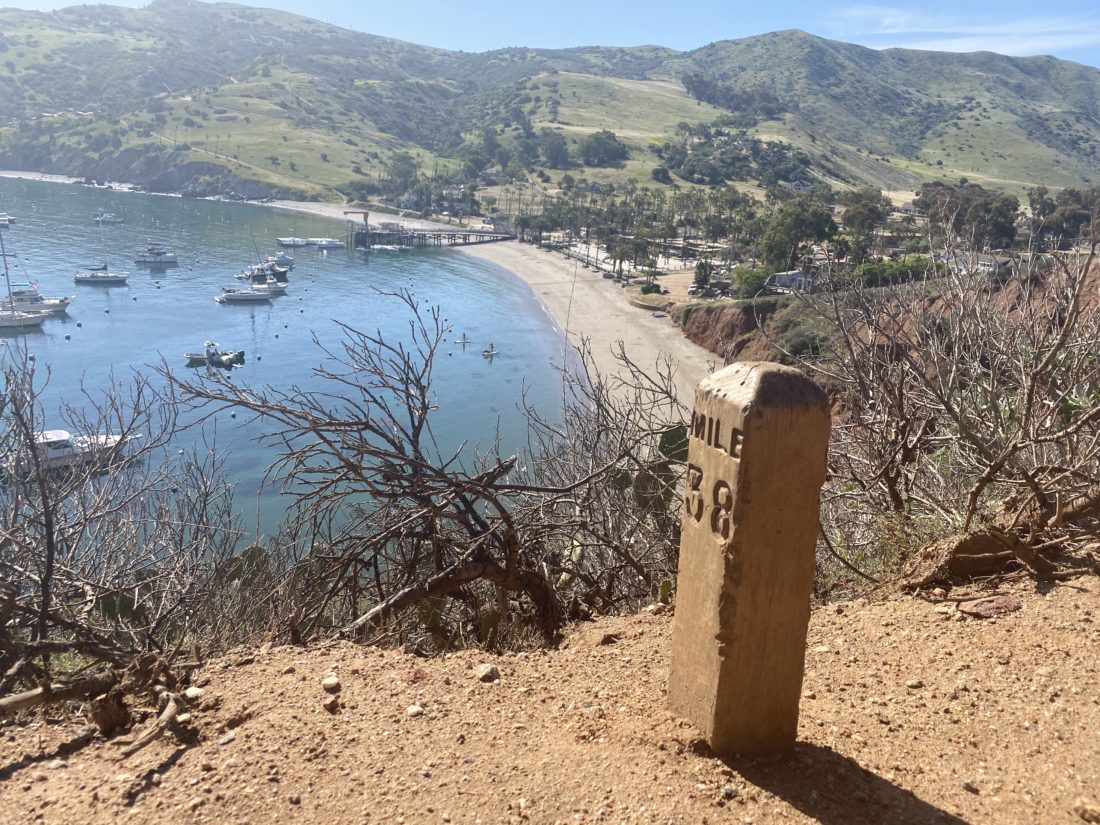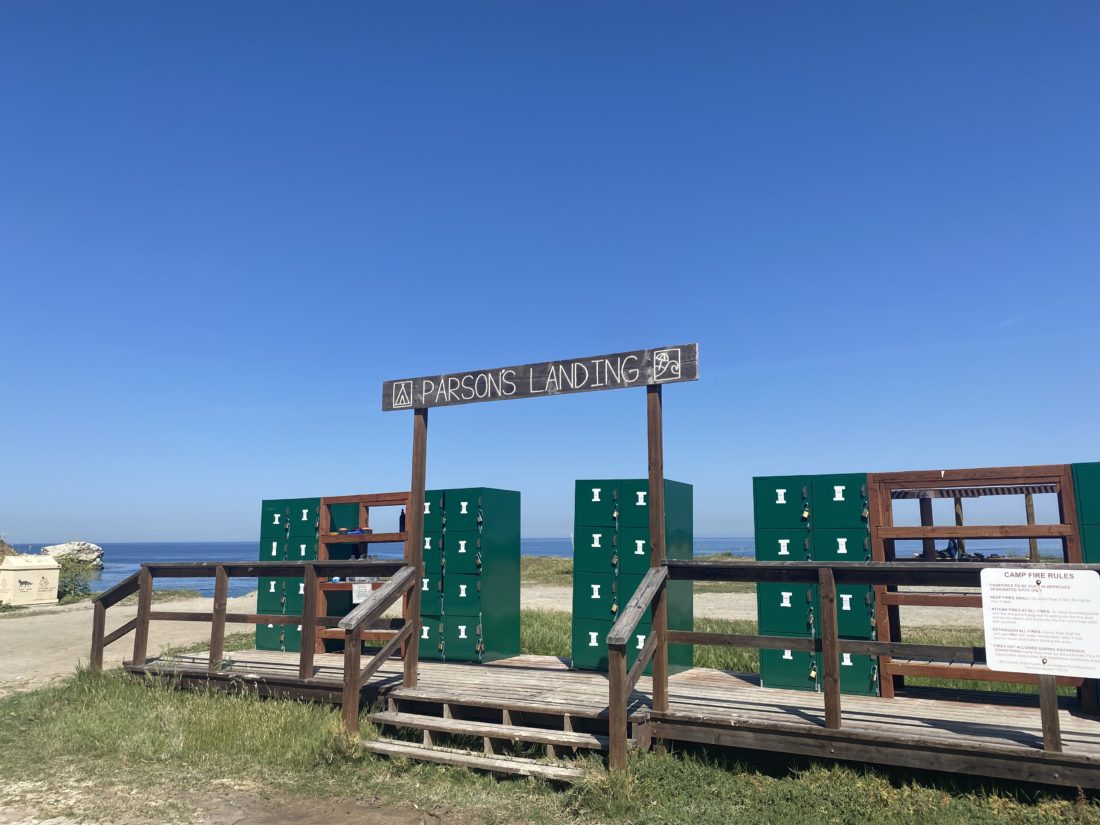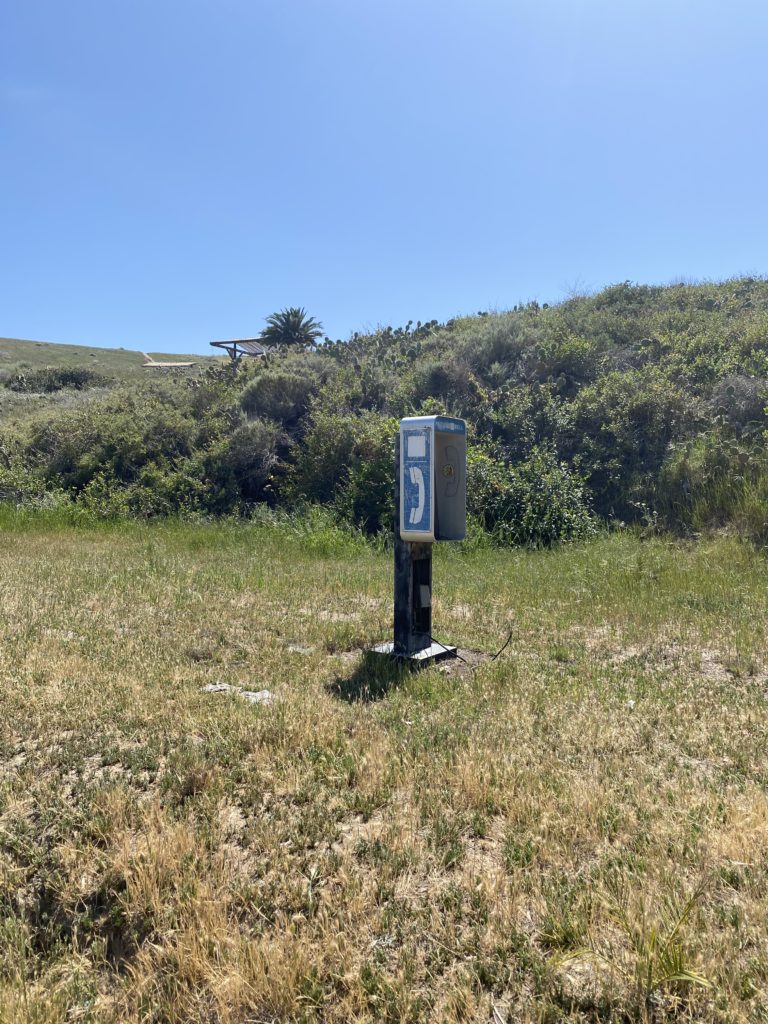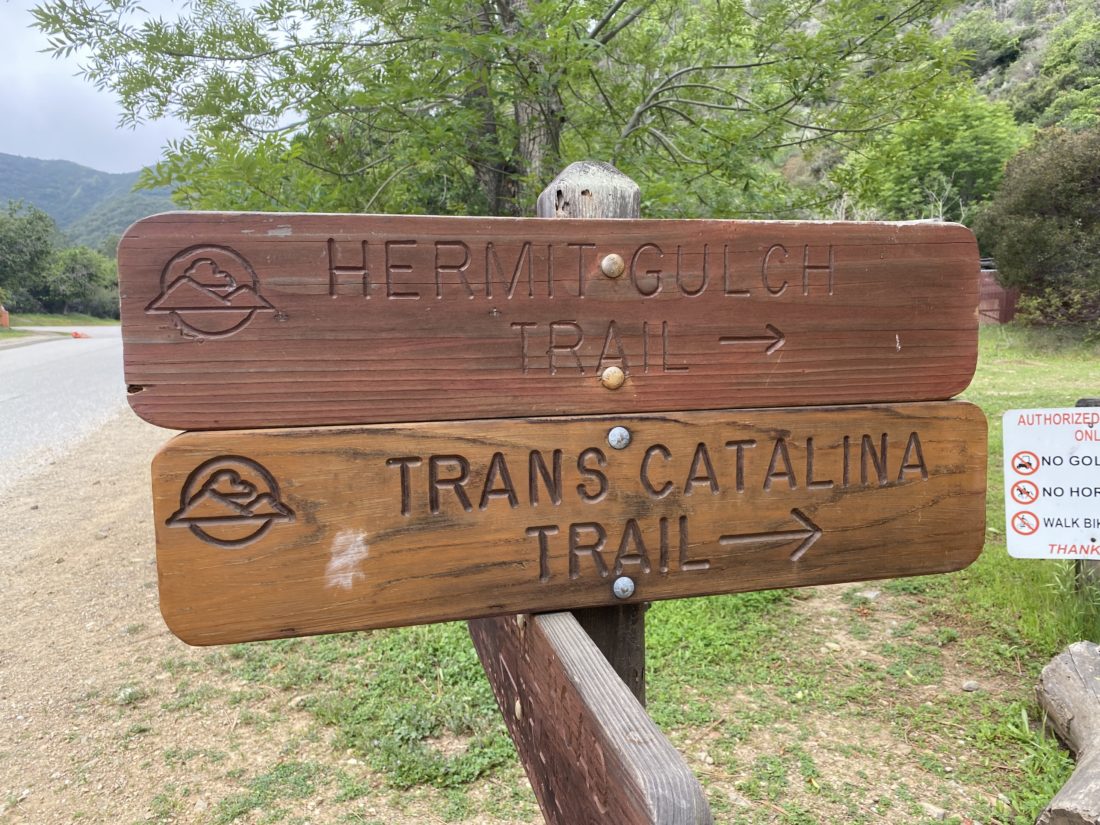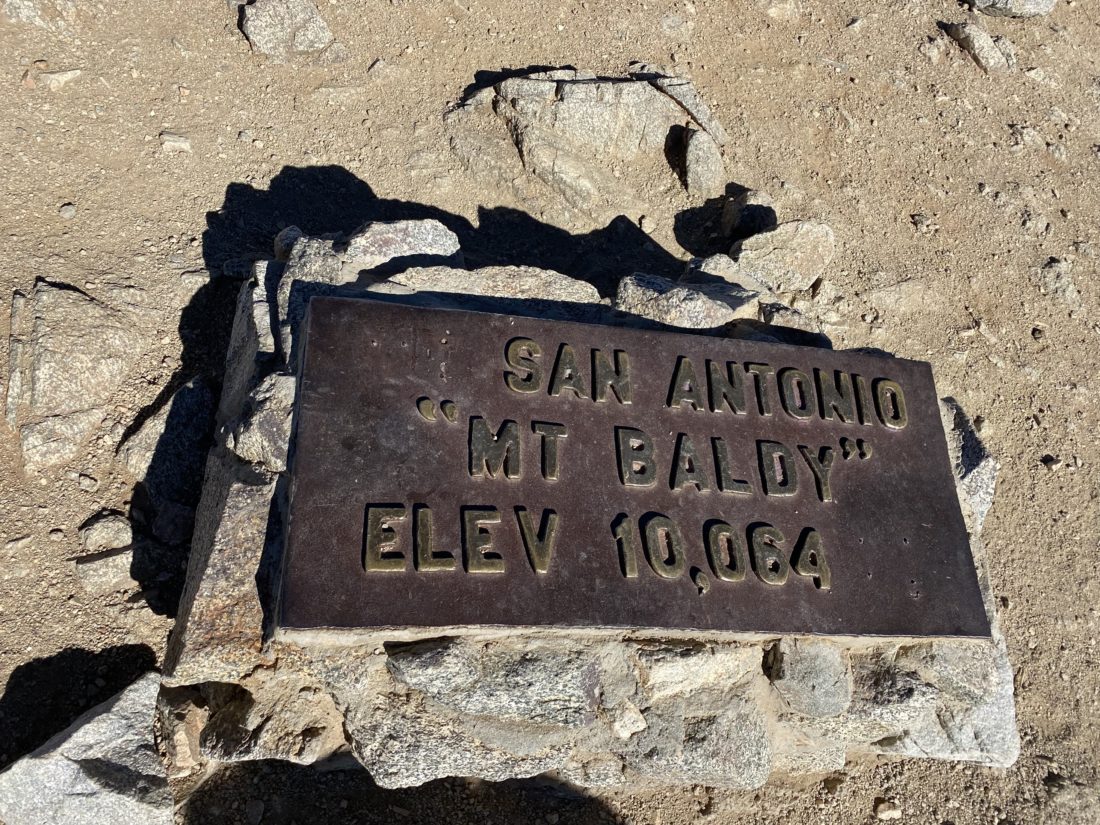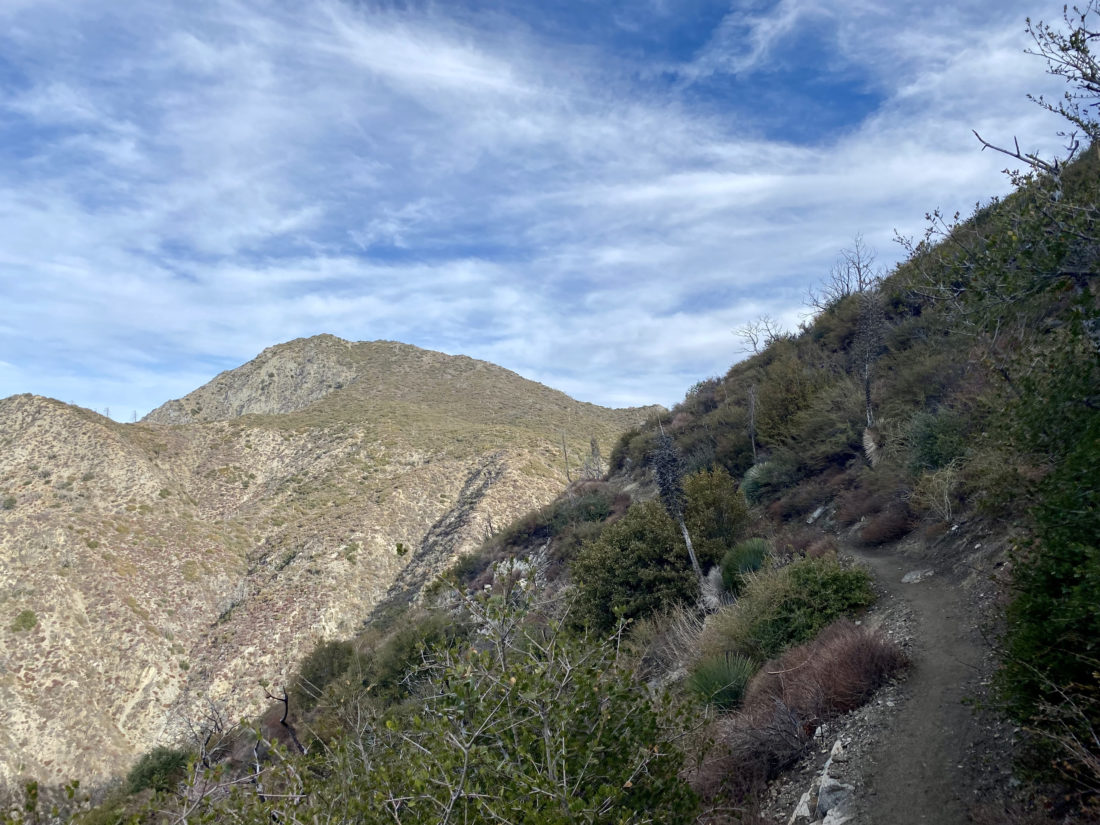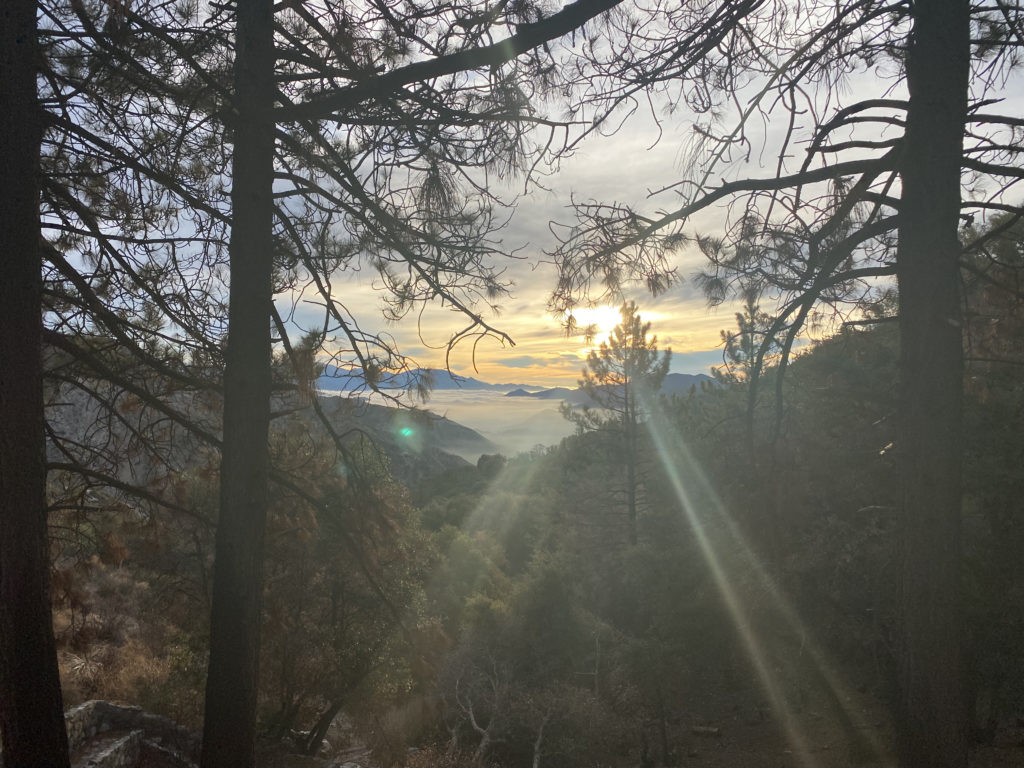Earlier this year, Jeff Hester, the founder of the Six-Pack of Peaks Challenges, asked if I would be interested in joining a group to scout out a new set of peaks for a New Mexico-based Challenge. I immediately said yes! However, New Mexico had to close all its National Forests, as several wildfires were raging across the state. That meant we would have to postpone the trip, possibly to Fall. Since I had the time off, I decided to turn my focus to either working on the SoCal Six-Pack or the Arizona Summer Six-Pack. In the end, the SoCal trip won. One of the biggest pains of the SoCal is all the driving to and from San Diego, but turning it into more of a camping road trip would take some of the sting out of the effort. Plus, this would let me have an adventure! The first peak on the list was San Jacinto, but instead of hiking up via Devil’s Slide or the Marion Mountain route, I would do this peak as an overnight trip. I sent away for my overnight permit (yes, you still have to apply for the permit via the mail). Once I received my permit, I secured campgrounds near the other two peaks I wanted to climb, Baden-Powell and Sawmill. This trip was going to be a blend of backpacking and car camping, so I had an interesting collection of gear in the back of my trusty Outback. With everything loaded, I set off for Palm Springs and the Aerial Tram.
Day 1: Mountain Station to Round Valley
The first day was actually going to be pretty mild. I parked my car in the overnight lot at the tram station and grabbed my gear. While I had a reserved ticket for 2 pm, I was there a bit early. There was room on the tram, so I headed up away from the heat of the desert. After my 12-minute ride, I headed to the ranger station to check in. The ranger went over the basic rules and showed me how the campsite actually worked. I must admit, in planning this portion of the trip I did not really understand the layout of the Round Valley campground. Along the trail, there are posts, each marked with an R and a number. These serve as junction markers to trails that lead back to the various campgrounds, which are all named. He told me to avoid R1-R4 as they are just off the main trail to the peak. Since there were some winds forecasted for the evening, he also suggested not staying at Upper Chinquapin. Now that I understood the campground, and carrying a much better map that came with my permit, I set off.
The temperatures were in the mid-70s, but the light breeze and the shade made for a pleasant time. Since I was early, I debated heading to the campsite, dropping my gear, and heading up to the summit, but I knew I had several more days of hiking ahead of me and did not need to rush. Once at Round Valley, I began to explore some of the options to set up camp. In the end, I picked Buckthorn, as there was a spot sheltered by some boulders that could offer some additional protection from the wind. I walked back down to the Seasonal Ranger station and marked on the map that I had taken Buckthorn for the evening, then went over to the faucet to filter water.
As evening came, I made my dinner and enjoyed a nice beer I carried up. Since I only had to cover just over 2 miles with an elevation gain of about 800 feet, I was willing to have the extra weight for a nice Victory at Sea from Ballast Point. A quarter moon hung in the sky as I crawled into my tent and drifted to sleep.
Day 2: Round Valley to Summit
I woke just before dawn, and the forecasted winds never seemed to come. I had my oatmeal and a couple of cups of coffee while I broke down camp. My plan was to stash my backpack, while I slack-packed up to the summit. I found a nice nook near the ranger station and set off up the trail toward Wellman Divide. Since the first tram up wasn’t until 10 am, I doubted I would see anyone for quite a while. I felt great as I made the climb up from Round Valley. I suspect that spending the night at 9,100 feet helped my body get a bit more used to the altitude. I reached Wellman Divide still feeling great. I stopped for a bit to grab some photos before continuing upward.
The trail was familiar, as this was the third time I had covered this portion of the route. Unlike last time, where I had been feeling the climb, this time I just kept cruising along. I reached the turn near Miller Peak and kept trucking along, knowing I was almost there. I came to the junction with the trail that connects up from Little Round Valley. If I was going to see anyone this early, it would be anyone who might have camped there. Although I suspect, if they had camped there, they might have tried for a sunrise summit. There was a tiny patch of snow nearby, and I wondered how much longer it would last?
I set off for the final 3/10 mile to the summit. I briefly stopped at the Rescue Hut but was starting to run low on energy. Since I had a short scramble to the top, I pushed on. Someone had spray-painted blue arrows to help guide you up the rocks. I could not recall seeing this the last time.





Once at the summit, I stood alone. I snapped my photos, enjoying not having to wait for others. I then found a nice spot to take my well-earned break. With a little bit of food in me, I was feeling great again. I took in the views some more, then headed back down the trail. As I neared the turn near Miller Peak, I decided to hike over and check it out. I got close to the true summit, but it would have been a bit of a scramble to the top and I just did not feel like doing it. After rejoining the main trail, I cruised back down. I would look at my watch and wonder when I might encounter my first day hikers. My best guess was just around Round Valley. The return to Round Valley went smoothly, stopping only for photos.
Once back at Round Valley, I switched back to my backpack, securing my slack-pack to the outside. I thought about transferring my water bladder back into my backpack but figured I had just about 2 miles of downhill ahead of me and I would be fine. Just past the first campsites, I met my first day-hikers. My guess had been correct as to the timing. We chatted a bit, then each went our separate ways. About every 15 minutes or so, I would pass another set of hikers making their way toward the summit. Some seemed a bit more prepared than others. Finally, I reached the ranger station. I checked in with the ranger to let him know I safely returned. As I enjoyed a nice cool drink of water, I listened to him caution a group of hikers about the warm day. Feeling a bit refreshed, I set off on the hardest part of the entire hike, the climb to the actual tram station. I plodded my way up the 120 feet of steep concrete switchbacks. Once there, I bought a cold soda and waited for the next tram down. With one peak down, it was off to drive over to Table Mountain Campground and tackle Baden-Powell via Dawson’s Saddle tomorrow.
Final Stats
Day 1: Ranger Station to Round Valley: 2.25 miles, 1:17, and 795 feet of gain.
Day 2: Round Valley – Summit: 5.9 miles, 3:39 (excluding time at the summit), and 1,735 feet of gain
Round Valley to Ranger Station: 1.9 miles, 1:03, and 795 feet of loss.
I am an avid peak bagger, sometimes backpacker, and former sea kayaker living in San Diego. I am the co-author of Urban Trails: San Diego, coming in Spring 2026!
In 2019, I became the third person to complete the San Diego 100 Peak Challenge. Not stopping with that accomplishment, I set my sights on the harder San Diego Sierra Club 100 Peak list, which I completed in 2021. In addition, I have conquered several Six-Pack of Peaks challenges (SoCal, San Diego, Central Coast, and both the Arizona-Winter and Arizona-Summer).
I am looking forward to exploring new summits and new adventures across the southwest.
